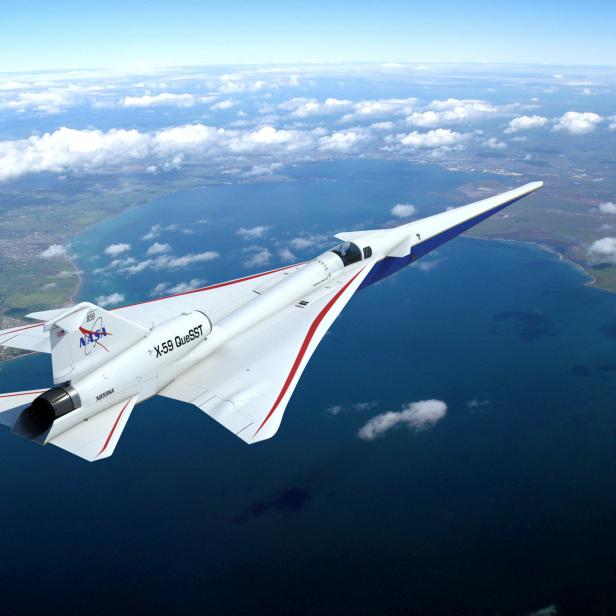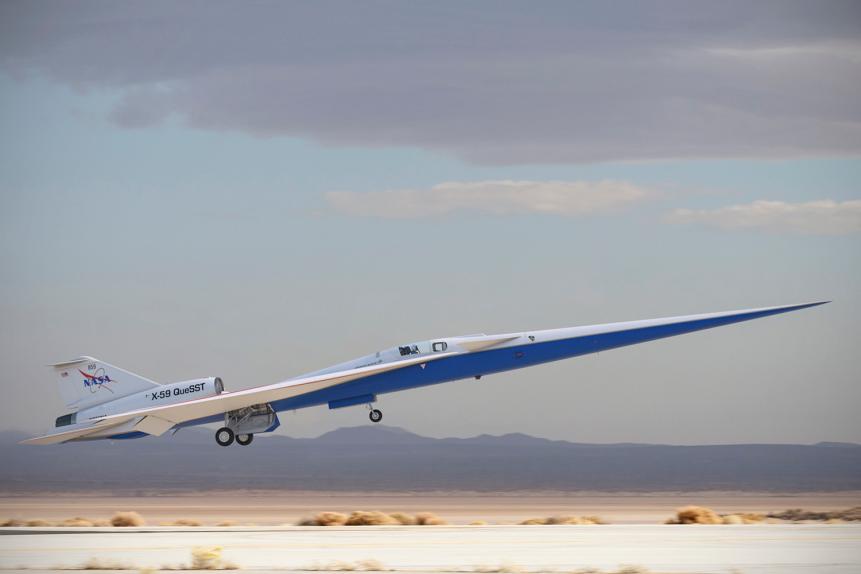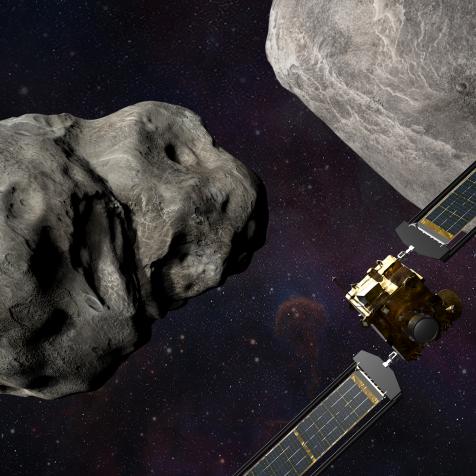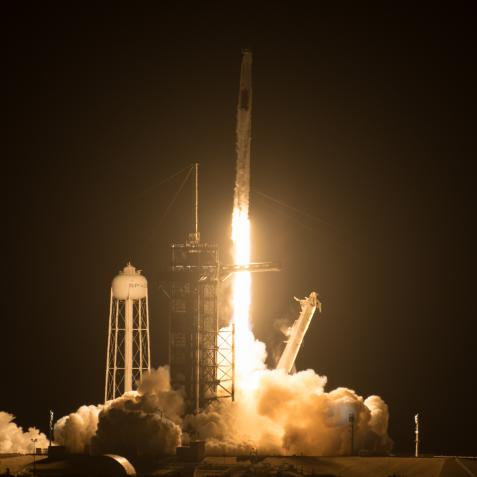
Lockheed Martin
NASA Has a New Supersonic Jet and It’s Super-Quiet

There’s more to NASA than space. The agency’s full acronym stands for National Aeronautics and Space Administration. I’ve covered plenty of interesting stories in the space sector, so it’s time to the aeronautics side some love too.
I’m currently typing this article on a transcontinental flight from New York to San Francisco. My plane is cruising at around 500 miles per hour. Like most people on this flight, my seat is uncomfortable, my legs are cramped, and I would very much like this trip to be over so I can stretch out.
Unfortunately, it’s not just a simple matter of making our planes go faster. Once they reach a speed of approximately 767 miles per hour, they’re traveling faster than the speed of sound in air, and that introduces an enormous number of headaches. There are issues of minimizing turbulence, for example, to make sure that the air passes smoothly over the plane and it doesn’t rattle itself to death.

Lockheed Martin
An illustration of the X-59 Quiet SuperSonic Technology (QueSST) aircraft in flight.
And then there’s the noise. Anything traveling faster than the speed of sound creates a sonic boom, which is a shock wave, a wake of high-pressure air left behind the passing object. If you’ve ever been on a little boat and had to deal with the wake of a passing larger vessel, then you know how vicious those wakes can be.
Sonic booms are loud. The last commercial supersonic (which means traveling faster than the speed of sound) jet, the Concorde, was notorious for the noise of its sonic boom, which would rattle windows as it passed over. Thus the Concorde could only be used on transatlantic routes, where it only bothered random fish in the ocean and not people trying to go about their lives.
NASA has been very interested in this problem and has been working for decades on minimizing the amount of sonic boom created by supersonic jets. Their latest attempt is the X-59, which was recently unveiled by Lockheed-Martin’s Skunk Works facility in Palmdale.

NASA/Dominic Hart
Don Durston, an aerospace engineer with a model supersonic aircraft, ready for testing in the 9- by 7-foot Unitary Plan Wind Tunnel at NASA’s Ames Research Center in California's Silicon Valley.
The X-59 uses advanced technology to minimize the size of the sonic boom created by the aircraft. To reduce the noise, NASA engineers had to create computer simulations of the spacecraft and find just the right combination of materials and design to reduce the shock wave. These techniques and the materials needed to implement them were simply unimaginable decades ago when the Concorde was built.
The result? According to NASA, the X-59 is so quiet that it’s no louder than the sound of a car door being slammed shut from 20 feet away. That’s not exactly a whisper but it’s certainly an improvement.
NASA will test the X-59 over several communities in the coming months, seeing how the experimental craft performs outside of the computer simulations. If they can successfully demonstrate that the technology works, it could open up an era of supersonic over-land travel, and maybe our legs wouldn’t cramp up so much.
Learn More about the Universe
Journey Through the Cosmos in an All-New Season of How the Universe Works
The new season premieres on Science Channel and streams on discovery+.




















